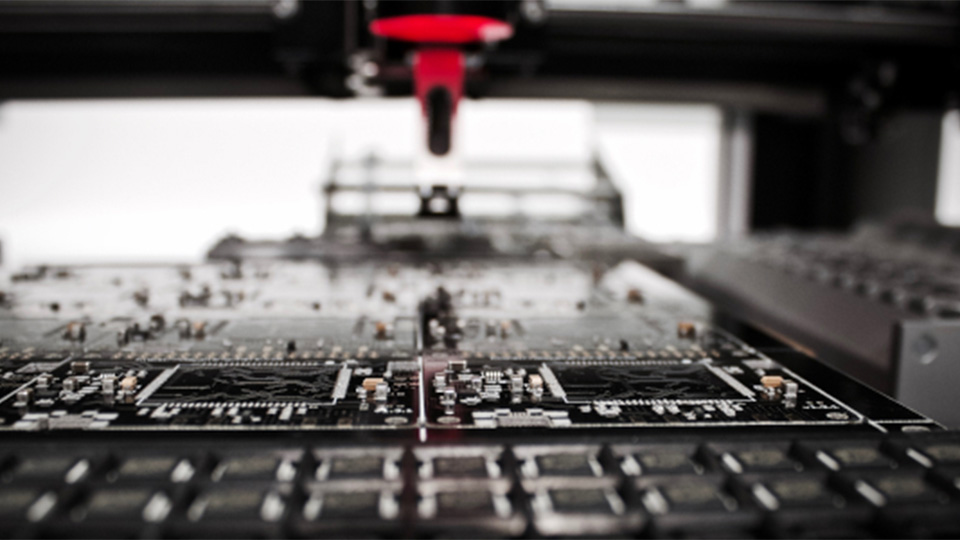Advanced modelling of interactive thermo-mechanical and phase-change behaviour during self-propagating exothermic reaction bonding

It is essential to understand the heat transfer, thermal stress response and phase-change behaviour in self-propagating exothermic reaction bonding for power electronics integration.
Our aim
Self-propagating exothermic reaction (SPER) of nanoscale metallic multilayer films is a promising technique for bonding interconnects in temperature-sensitive electronics at low temperature, during which a massive local heat energy around 1300 J/g can be released and the self-propagation speed can be 0.01-30 m/s. After taking the nanoscale multilayer film as a moving energy/heat source for interconnection, the SPER of nanoscale multilayer film can achieve the effective bonding between solder and substrates at a much lower temperature (e.g. 100°C) compared to that at the conventional reflow process, even promisingly applied for high temperature solder/alloy interconnections.
However, the high speed of SPER makes it difficult to understand the fundamental problems of the bonding process and the reliability physics. Thermal transfer process during bonding, which drives the phase changes can affect interfacial reaction and wettability of soldering materials and guide the optimisation of SPER bonding process. The induced high thermal stress during bonding can potentially lead to the reliability degradation of the joints, where little work is found on the thermal stress distribution during the SPER bonding, considering both elastic-plastic and visco-plastic mechanical properties of materials. Furthermore, the phase change and microstructural characteristics during the SPER adds additional complexity in order to exploit such bonding technology for integration of future high temperature power electronics.
This research aims to systematically investigate the heat transfer and thermal stress response behaviour of the Sn/Cu interconnects by numerical simulation and experimental validation, the work focuses on the interaction between heat transfer and phase change, and coupling the effects of temperature on the thermal mismatch induced mechanical behaviour.
Our research
The project uses the comprehensive numerical model combining interactive effects of thermal transfer, mechanical response and phase change to reveal the distributions of temperature, stress and phase in the interconnect during the bonding, accompanying that the TEM, SEM and thermal imaging characterisations are employed to further validate the simulation results.
Our outcomes
This project will reveal the interactive effects and mechanism among thermo-mechanical behaviour, phase change and microstructural characteristics of materials in QAB interconnects at millisecond-level and transient high-temperature conditions based on numerical simulation and experimental methods, which will further deepen the understanding and broaden the application of self-propagation bonding technology.
Project lead: Professor Changqing Liu
This is a comprehensive study through advanced numerical analysis from fundamental understanding to practical application, pushing the boundaries of the interconnection technologies for future advanced power electronics integration.